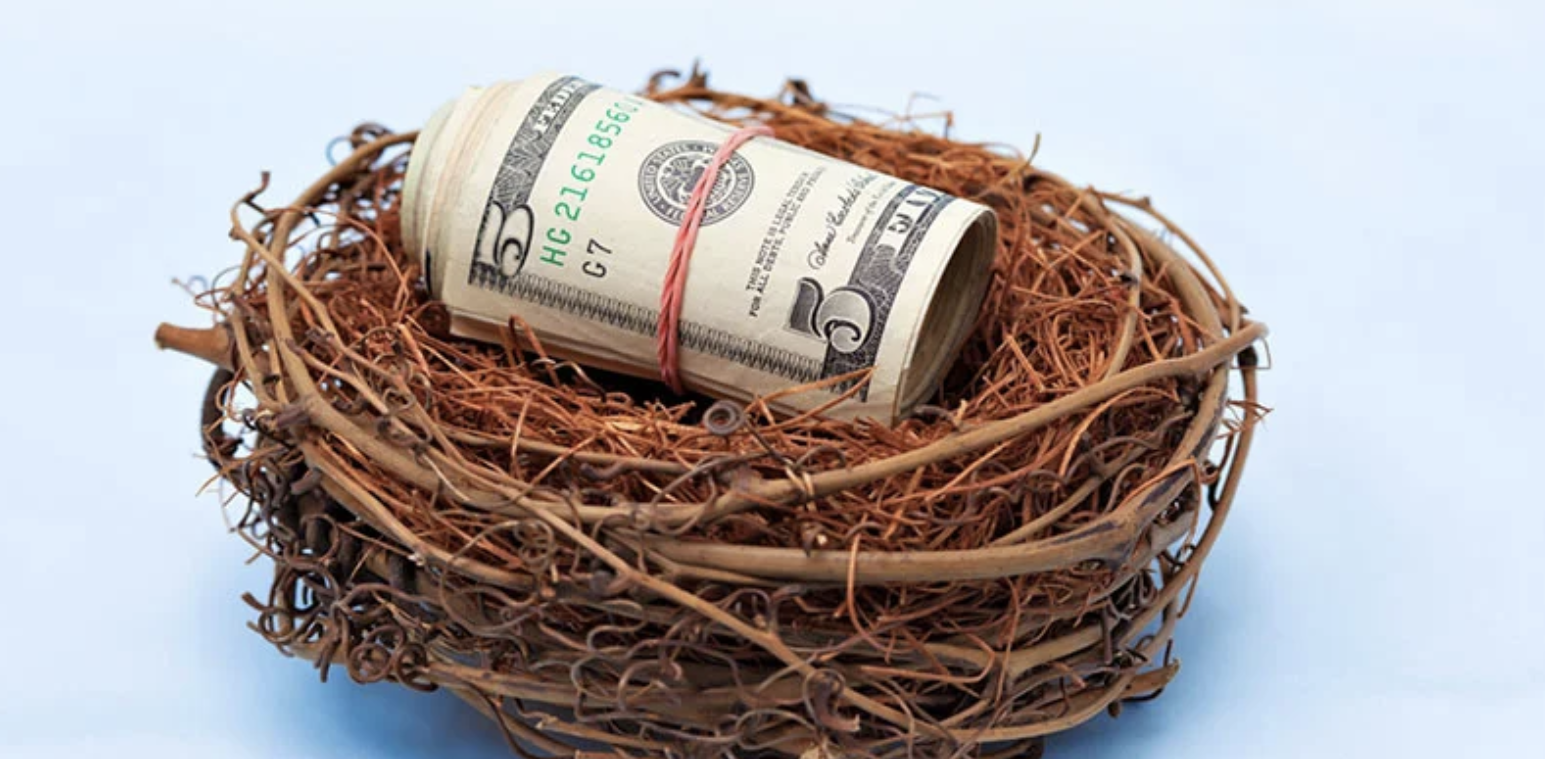
Porte Brown, LLC
Porte Brown is a full service accounting and consulting firm.

It Is Never Too Early to Think About Retirement
When people are young, saving for retirement is often the last thing on their minds. But starting young and saving every month can translate into a huge difference in your net worth at retirement — all through the power of compounding.
It’s a simple concept: Compounding allows savers to earn profit on their profit, or interest on their interest. Over an extended period of time, they can earn far more than they probably thought possible, particularly if the annual rate of return is eight percent or more. Even better, they can minimize taxes along the way.
To illustrate the power of compounding, take a dollar bill and invest it at a 10 percent rate of return. Every year, you earn 10 cents and at the end of ten years you’ve doubled your investment to $2 — and that’s without any compounding.
With compounding, in the second year, the 10 percent rate of return is added to your $1.10, and so on every year until at the end of those 10 years you wind up with $2.59. Compounding has increased the value of your investment by about 30%. Start multiplying that with larger amounts over even longer periods of time and you can see why it’s important to start saving early.
There are four critical factors that affect how much retirement plan contributors can accumulate before retirement:
- When they start saving (the earlier, the better)
- How much they save (the more, the better)
- The rate of return (the higher, the better)
- How much they pay in taxes (less is obviously better).
Focusing on the first factor, let’s say an employee contributes $3,000 a year to a tax-deferred qualified retirement plan account. Depending on when he or she starts saving and assuming an eight percent annual return, here’s the total at age 60:
| Age Savings Start | Annual Contribution | Years of Saving | Total Savings at Age 60 |
| 25 | $3,000 | 35 | $516,950 |
| 30 | $3,000 | 30 | $339,850 |
| 35 | $3,000 | 25 | $219,320 |
| 40 | $3,000 | 20 | $137,285 |
| 45 | $3,000 | 15 | $81,455 |
Double all those totals if a contributor is married and his or her spouse follows the same drill.
To further understand the significance of starting early, let’s take a look at what a difference just five years can make. Comparing the $516,950 you accumulate from age 25 to the $339,850 saved by waiting until age 30, you can see that the difference is a whopping $177,100. Yet only $15,000 of that difference comes from additional contributions ($3,000 a year times five years equals $15,000). The remaining $162,100 is generated mostly by the power of compounding. That is, the interest on the interest.
Now, take a look at what happens when a saver contributes a total of $140,000 to a tax deferred retirement account earning eight percent a year, where the only difference is the age when he or she starts saving:
| Age Savings Start | Annual Contribution | Years of Saving | Total Savings at Age 60 |
| 25 | $4,000 | 35 | $689,265 (A nice sum) |
| 35 | $5,600 | 25 | $409,395 (A lot less) |
| 50 | $14,000 | 10 | $202,810 (A whole lot less) |
The Best Strategy: Encourage your employees to get an early start. How soon they begin saving is just as significant, if not more so, than how much they put aside. Invest early and often.
For More Information
Contact your tax advisor to learn more about the ERC. We can help you understand how it applies to your nonprofit.
This article was originally published By Porte Brown – January 26, 2023 on Porte Brown’s NewsBlog.
More Chamber News & Knowledge
- Stress: Recognize it, don’t ignore itMay 12, 2025 - 8:40 pm
- Making Birthdays Special for Older Adults at Home May 5, 2025 - 8:06 pm
 How to Handle Lowball Offers Without Losing Your CoolMarch 17, 2025 - 8:11 pm
How to Handle Lowball Offers Without Losing Your CoolMarch 17, 2025 - 8:11 pm Small Businesses: 5 Last-Minute Tax Breaks to Consider for 2024March 10, 2025 - 9:32 pm
Small Businesses: 5 Last-Minute Tax Breaks to Consider for 2024March 10, 2025 - 9:32 pm Spring Tips For SeniorsMarch 3, 2025 - 12:54 pm
Spring Tips For SeniorsMarch 3, 2025 - 12:54 pm
Featured Posts
- Stress: Recognize it, don’t ignore itMay 12, 2025 - 8:40 pm
- Making Birthdays Special for Older Adults at Home May 5, 2025 - 8:06 pm
 How to Handle Lowball Offers Without Losing Your CoolMarch 17, 2025 - 8:11 pm
How to Handle Lowball Offers Without Losing Your CoolMarch 17, 2025 - 8:11 pm Small Businesses: 5 Last-Minute Tax Breaks to Consider for 2024March 10, 2025 - 9:32 pm
Small Businesses: 5 Last-Minute Tax Breaks to Consider for 2024March 10, 2025 - 9:32 pm Spring Tips For SeniorsMarch 3, 2025 - 12:54 pm
Spring Tips For SeniorsMarch 3, 2025 - 12:54 pm
